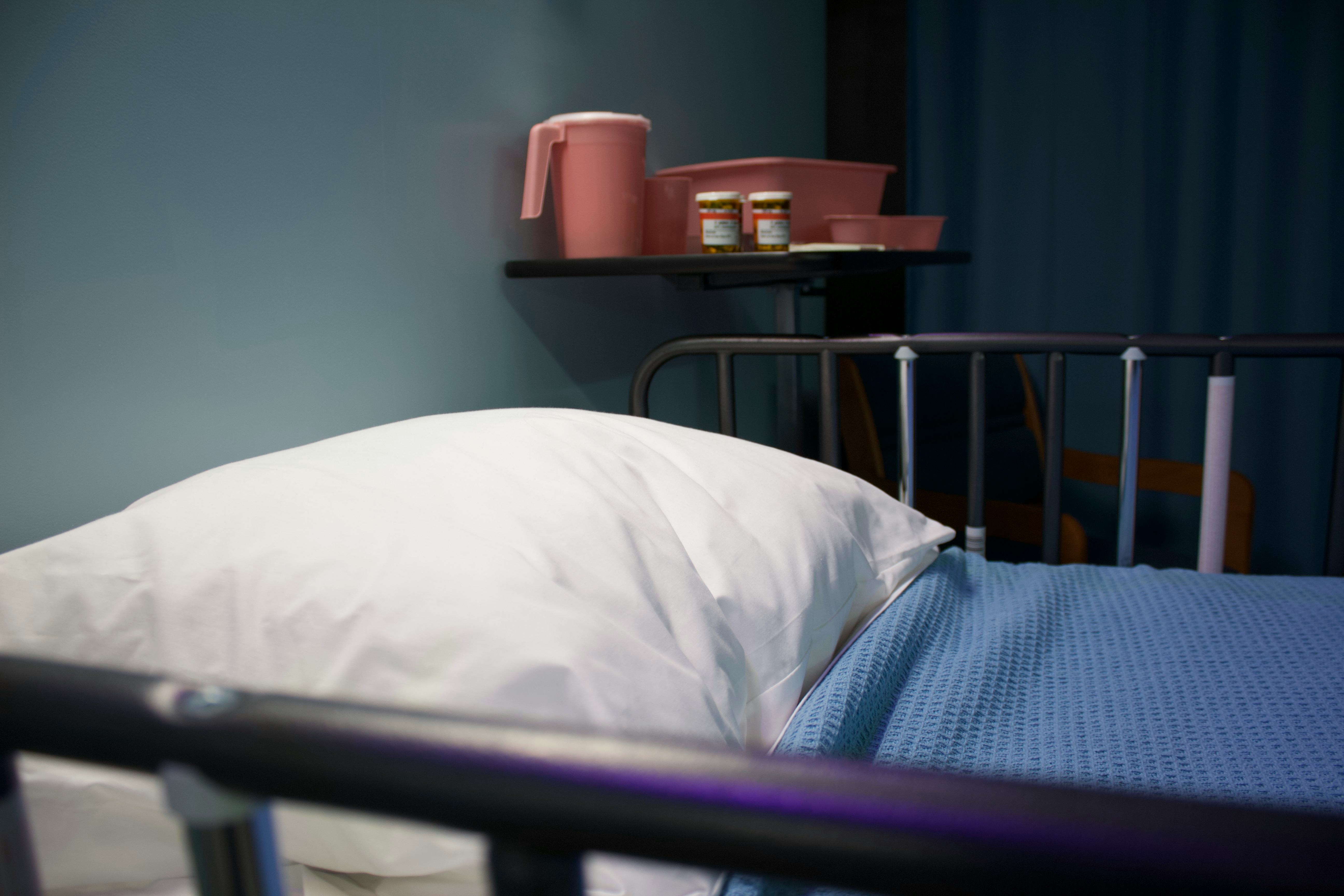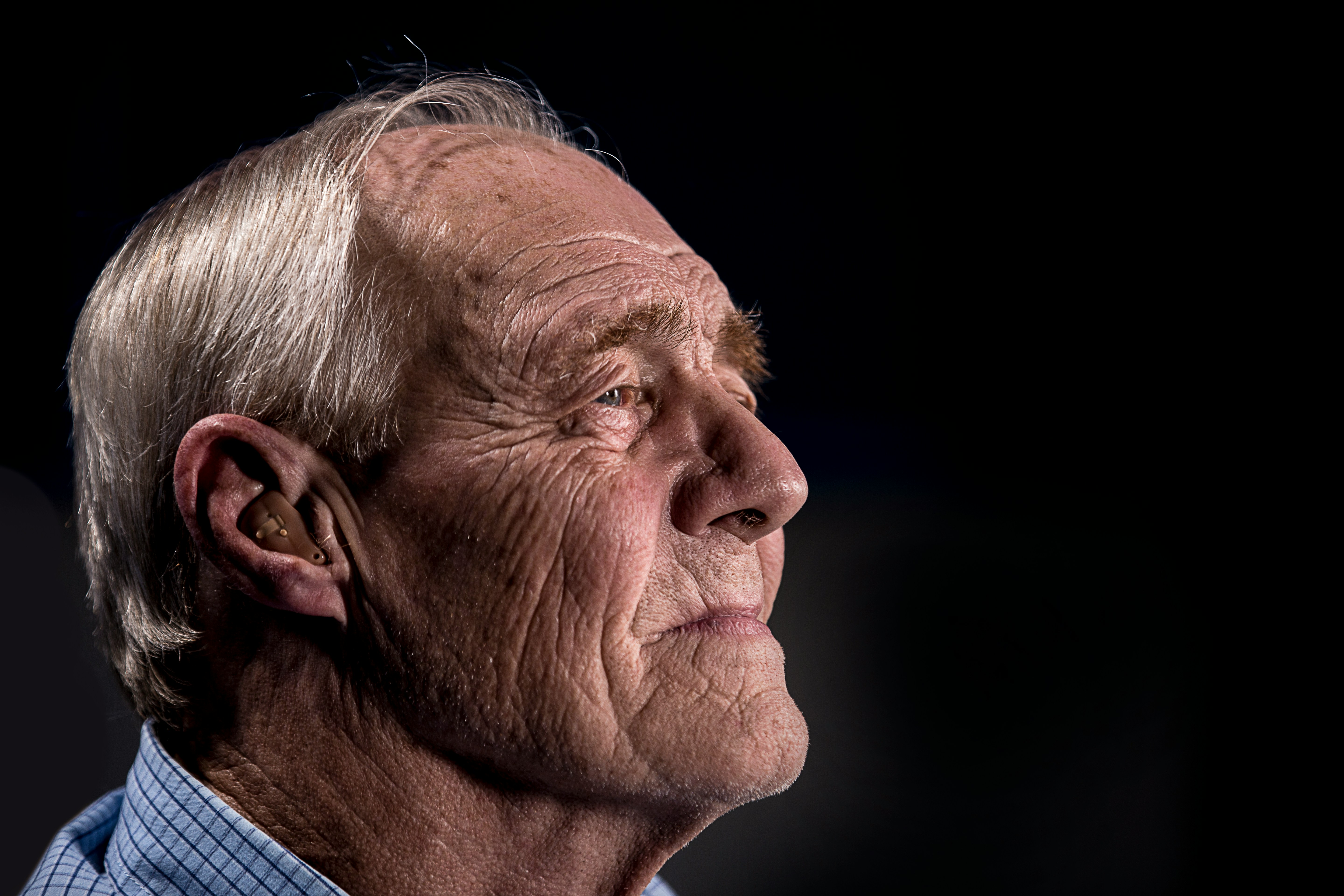A nursing home can provide your loved one with a safe place to stay once he or she is unable to live independently. Many nursing facilities have excellent staff and provide great service, but what about the ones who don’t? If you’re going to need nursing services for one of your family members, here’s everything you need to know about the darker side of nursing homes.
Cost
The cost of a nursing facility can be extremely prohibitive for many people. You might not be able to afford a home for your family member unless you start saving early. Depending on your family member’s coverage, insurance might pay for some of the associated costs of a nursing home. Medicare will pay for some of the stay, but most likely only up to 100 days if anything. Medicare will not cover long-term stays, so this 100 days will only be paid for if your loved one hasn’t yet been admitted to a long-term care facility. If it’s looking like a nursing home is likely, you can have him or her put in a skilled nursing facility for a short stay while you sort out the finances.

If your family member qualifies for Medicaid, they’re in luck. Medicaid is required to cover the full cost of a nursing home, but it can be difficult to qualify. He or she can have very little cash and cash equivalents (no more than $2,000) and any large financial gifts made in the last five years might disqualify him or her from the program. A stay in a nursing facility could cost more than $100,000 per year and the average stay is over two years, so you’ll need a good chunk of savings to cover these steep fees.
Physical Restraints
Many nursing homes use physical restraints on the residents. This might include vest, straps, bedside rails, and even just tucking in the sheets tightly to restrict movement. Often, a staff member will restrain an elderly resident for either his or her safety or for the safety of others. While it can be done with good reason, it isn’t always in the seniors’ best interest. Restraints can cause bruising, constipation, malnutrition, respiratory complications, and risk of death. Being physically inhibited can also have ramifications on the residents’ mental health. It causes the senior citizens to feel trapped and helpless, and many relatives also struggle with seeing their family members placed in restraints. Using restraints on seniors might be a violation of proper care and disrespects their rights and autonomy. If you’re strongly opposed to physical restraints, ask for specific information when looking at different nursing facilities.

Abuse & Neglect
Nursing home abuse is a form of elder abuse, which occurs to more than 500,000 seniors every year. There are six types of elder abuse: physical abuse, sexual abuse, emotional abuse, neglect, financial abuse, and abandonment. When this mistreatment occurs in a nursing facility, it’s known as nursing home abuse. This is a prevalent issue that you’ll need to keep an eye on if you’re going to have your family member admitted. With recovery home care in Pennsylvania, you can make sure your loved one is being properly cared for. When he or she is a resident of a facility, you can’t be there every minute. During your visits, look for signs of abuse or neglect. Check him or her for any physical injuries, like bruises or broken bones. Look for signs that he or she is afraid of the staff members, which could be due to emotional abuse. If your loved one is malnourished, dehydrated, or covered in bedsores, he or she might be a victim of neglect or abandonment. If you notice any signs that he or she is a victim of abuse, take immediate action.
An attorney for nursing home neglect can help you file a lawsuit against the home and its staff. Report the incident to the Office for Victims of Crime and discuss the situation with your lawyer. He or she will help you take the proper action and seek punitive damages.

Don’t be blind to the dangers of nursing homes. Stay vigilant and ask the right questions, and you can find your loved one a fantastic care facility.
Throughout the year, our writers feature fresh, in-depth, and relevant information for our audience of 40,000+ healthcare leaders and professionals. As a healthcare business publication, we cover and cherish our relationship with the entire health care industry including administrators, nurses, physicians, physical therapists, pharmacists, and more. We cover a broad spectrum from hospitals to medical offices to outpatient services to eye surgery centers to university settings. We focus on rehabilitation, nursing homes, home care, hospice as well as men’s health, women’s heath, and pediatrics.







